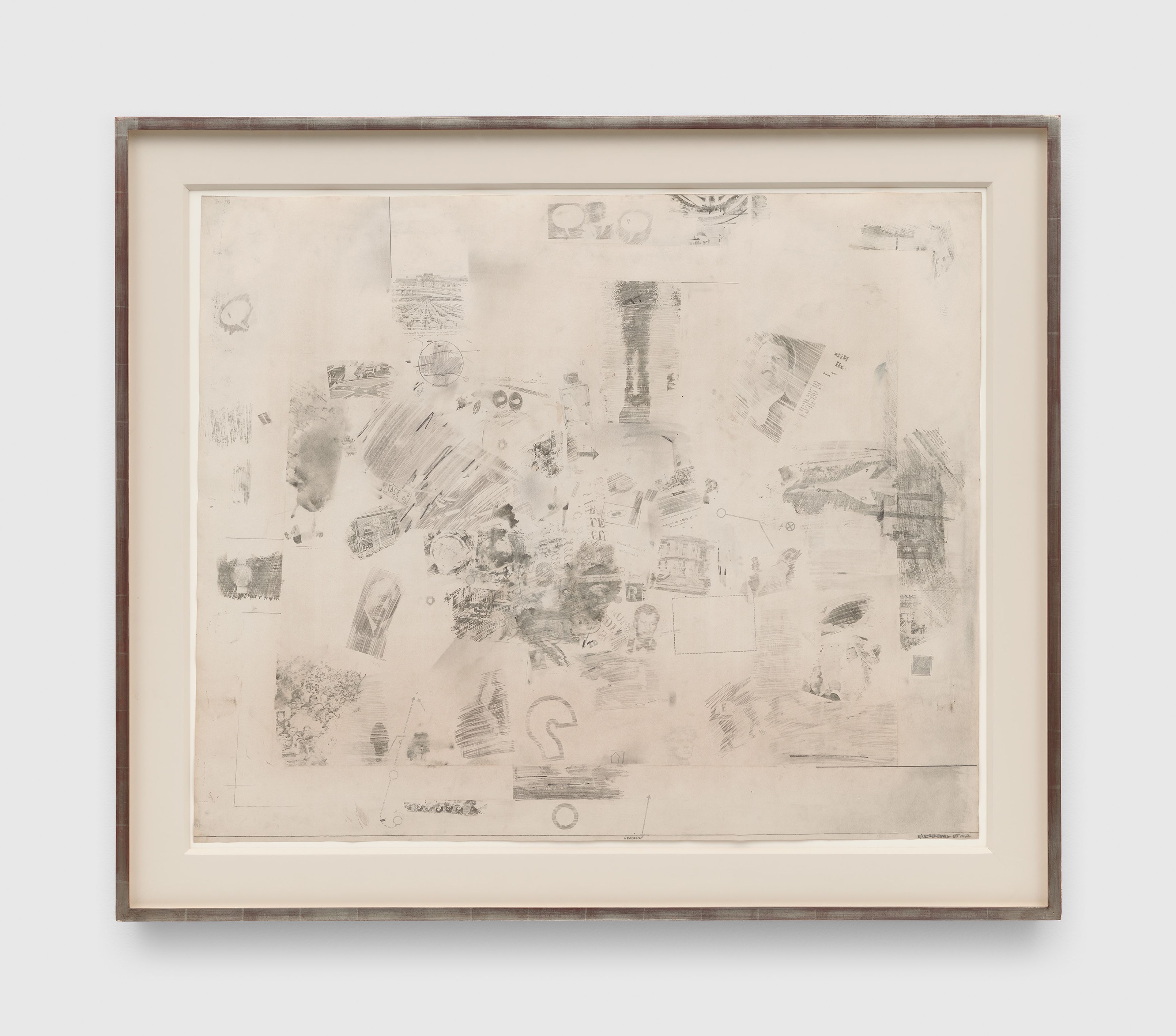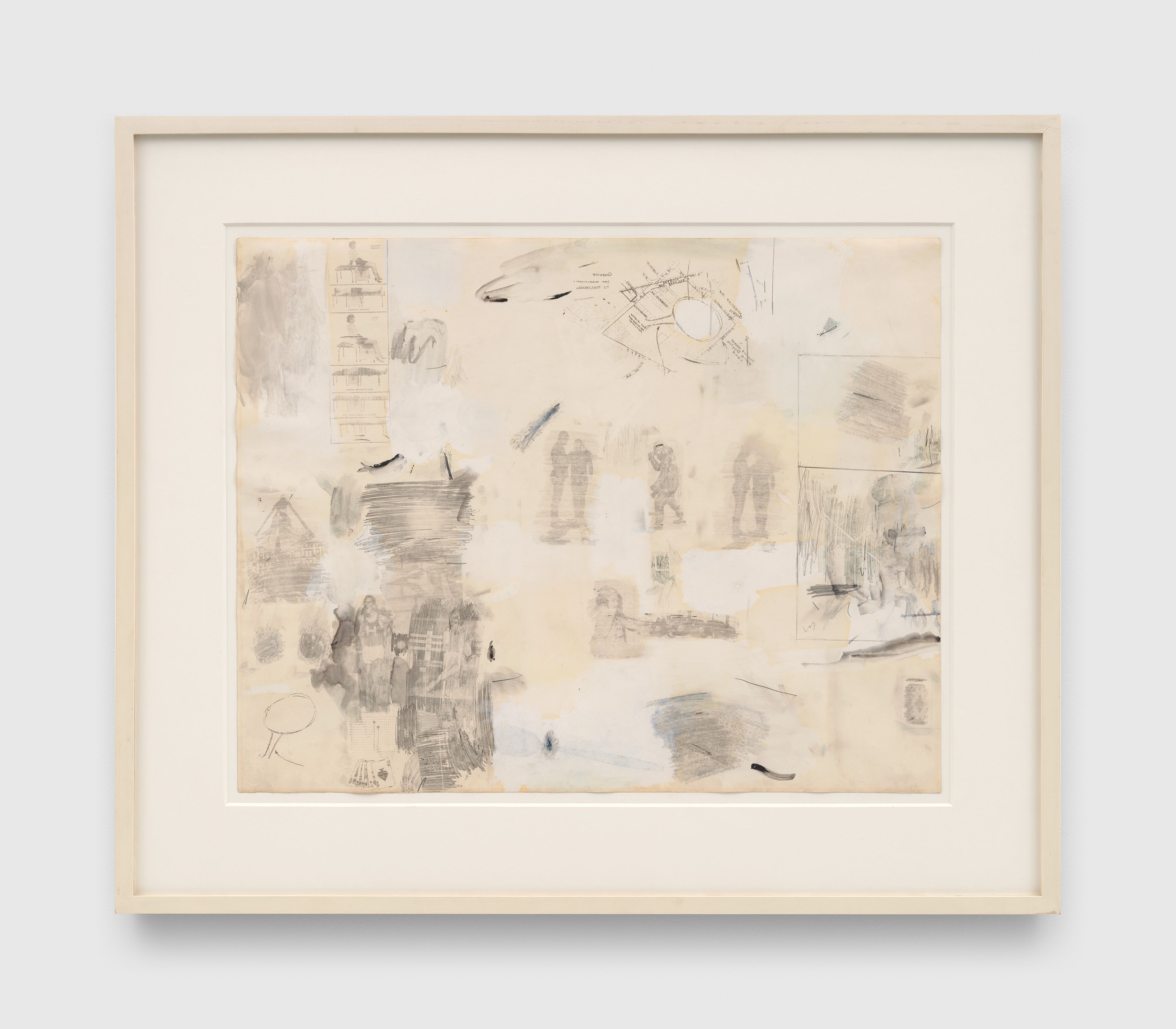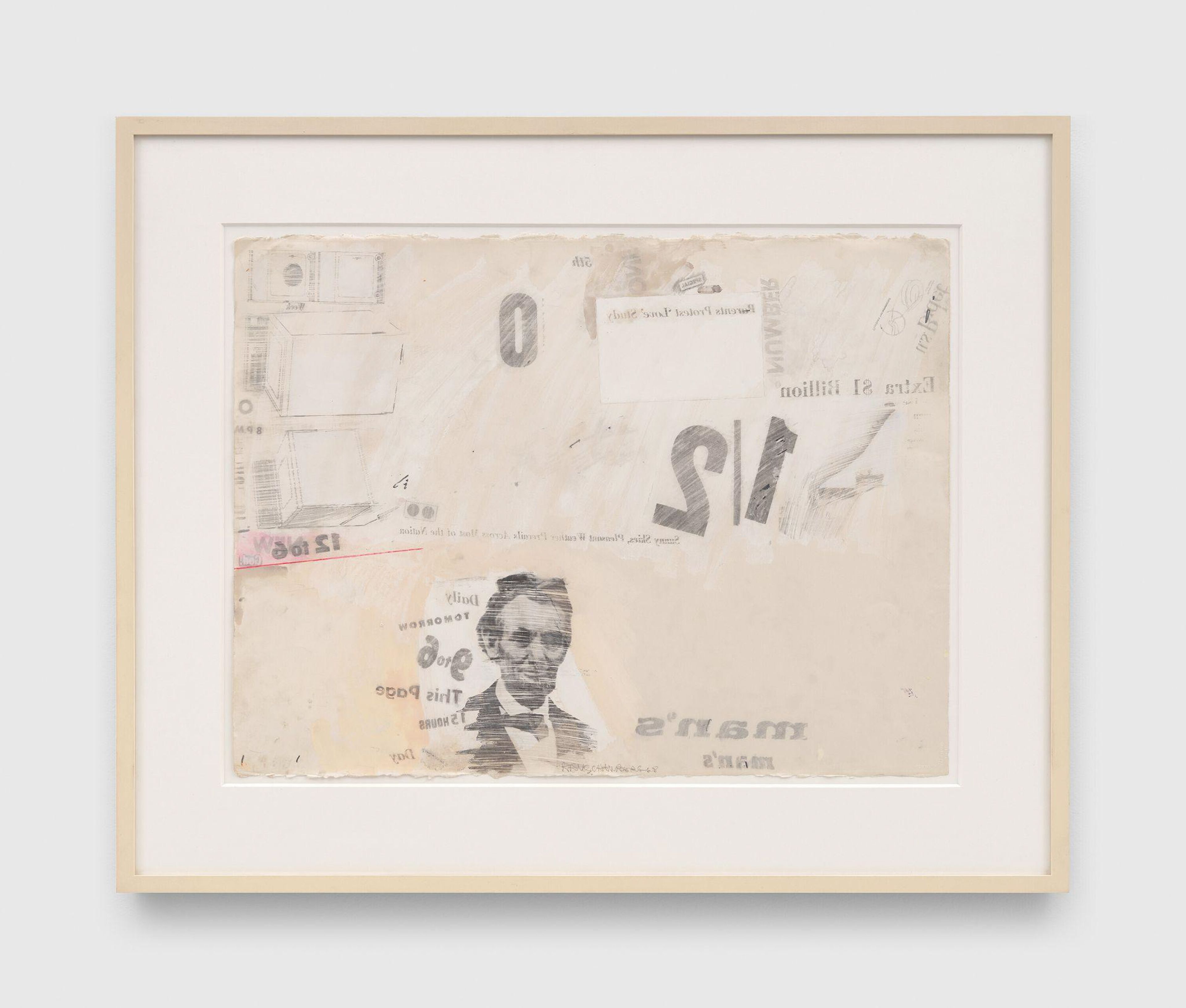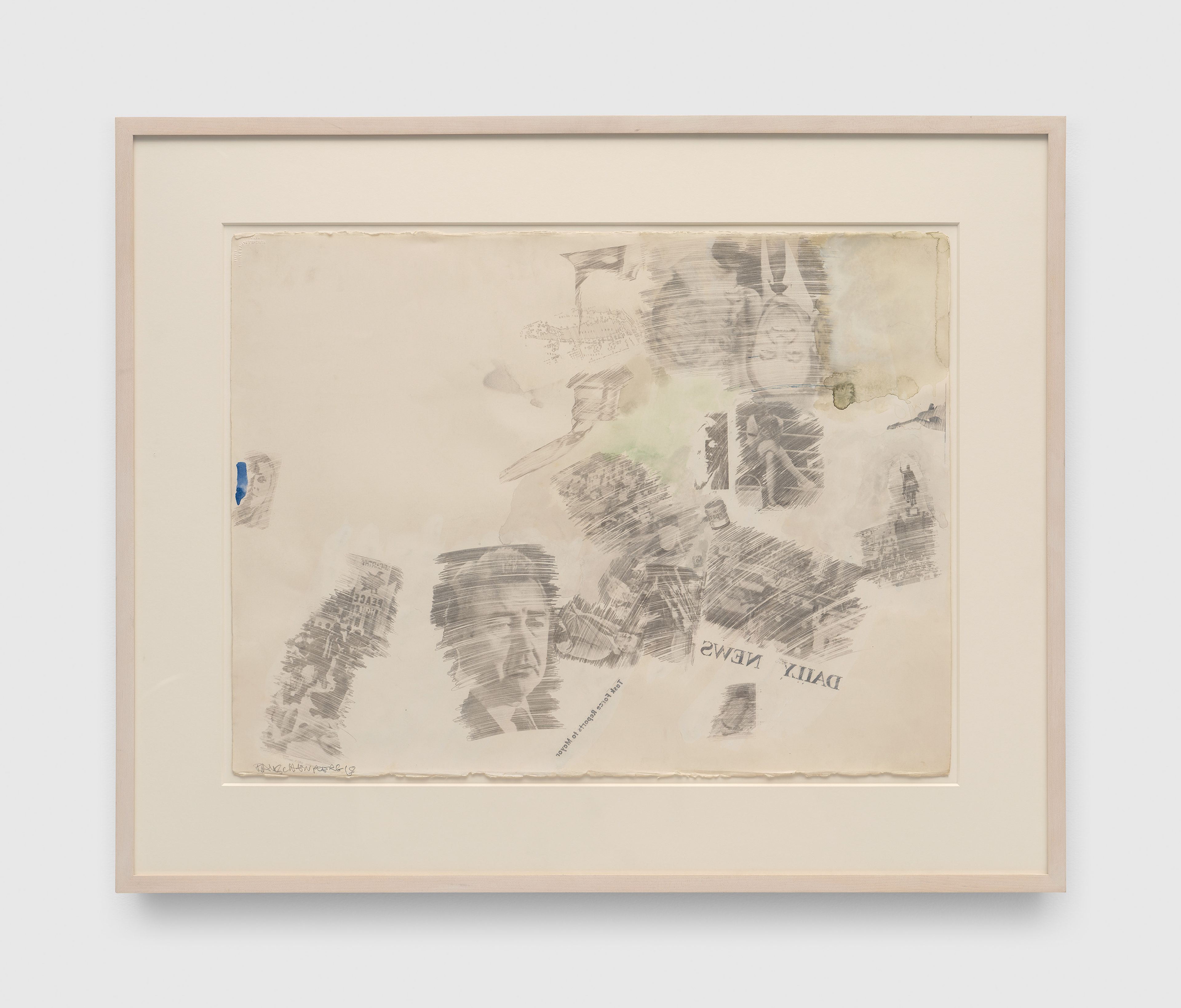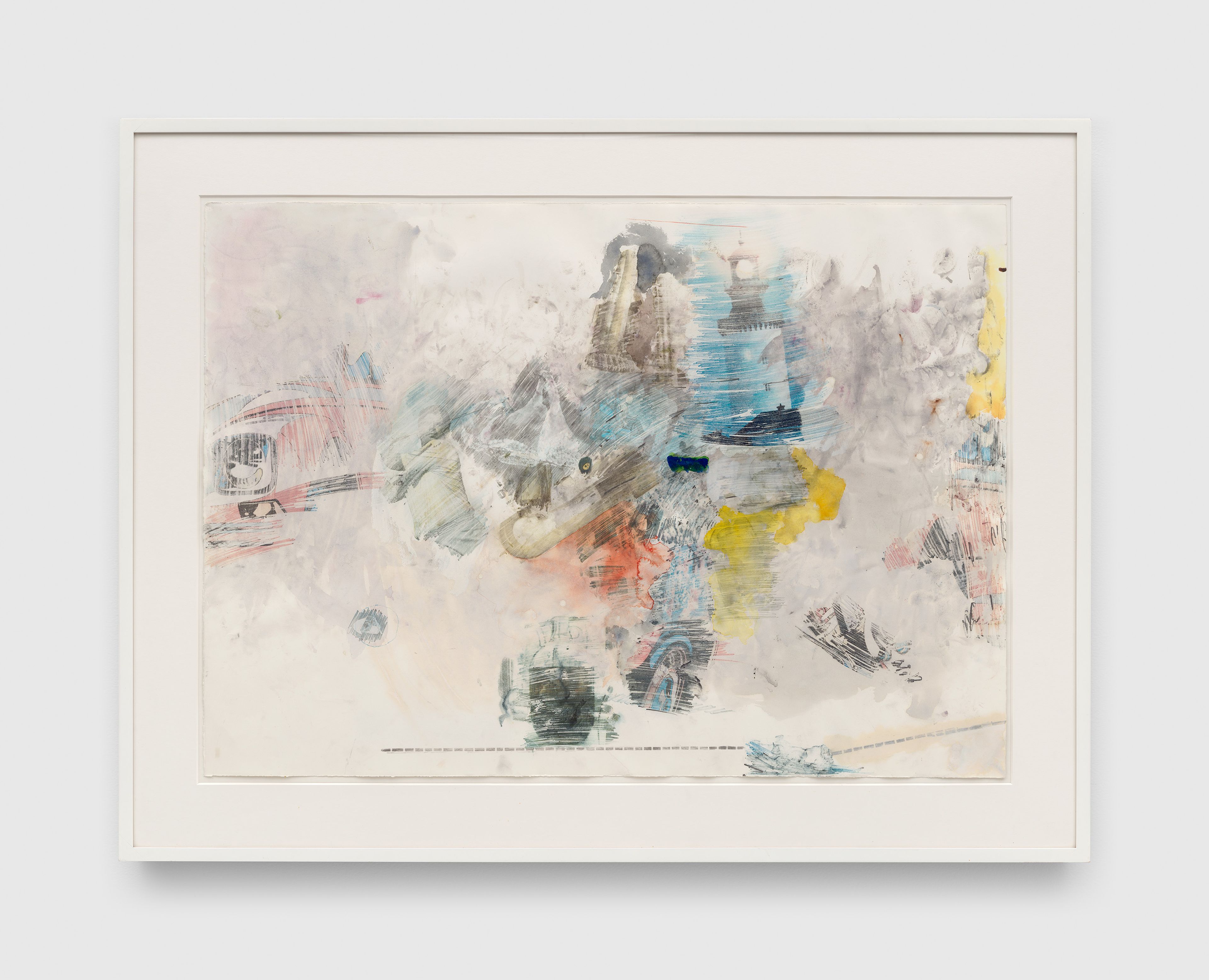Exceptional Works: Robert Rauschenberg
The Transfer Drawings
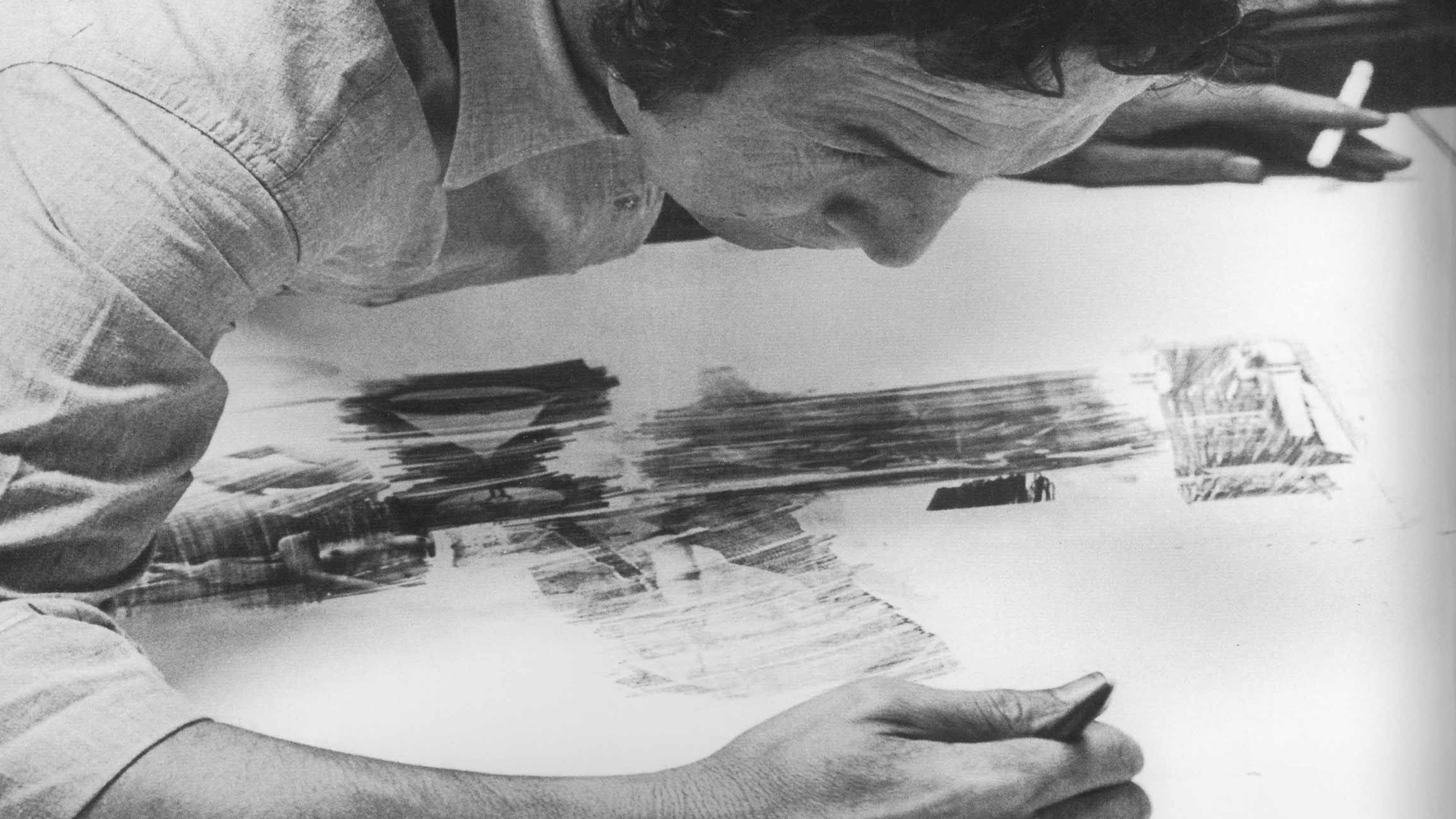
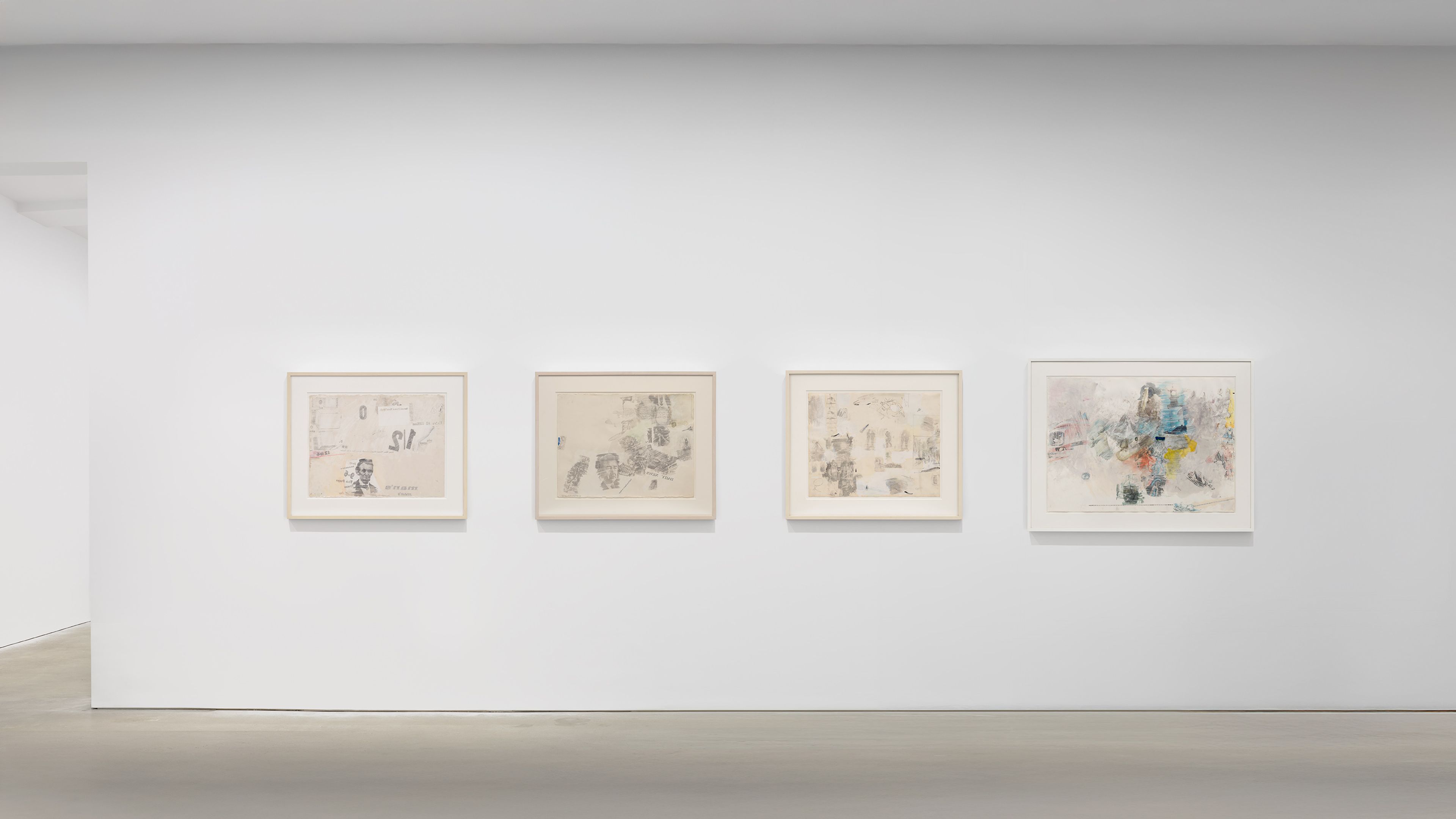
Transfer drawings by Robert Rauschenberg, from left to right: Add, 1968; Political Folly, 1968, Complete Relaxation, 1958; and Untitled, 1969.
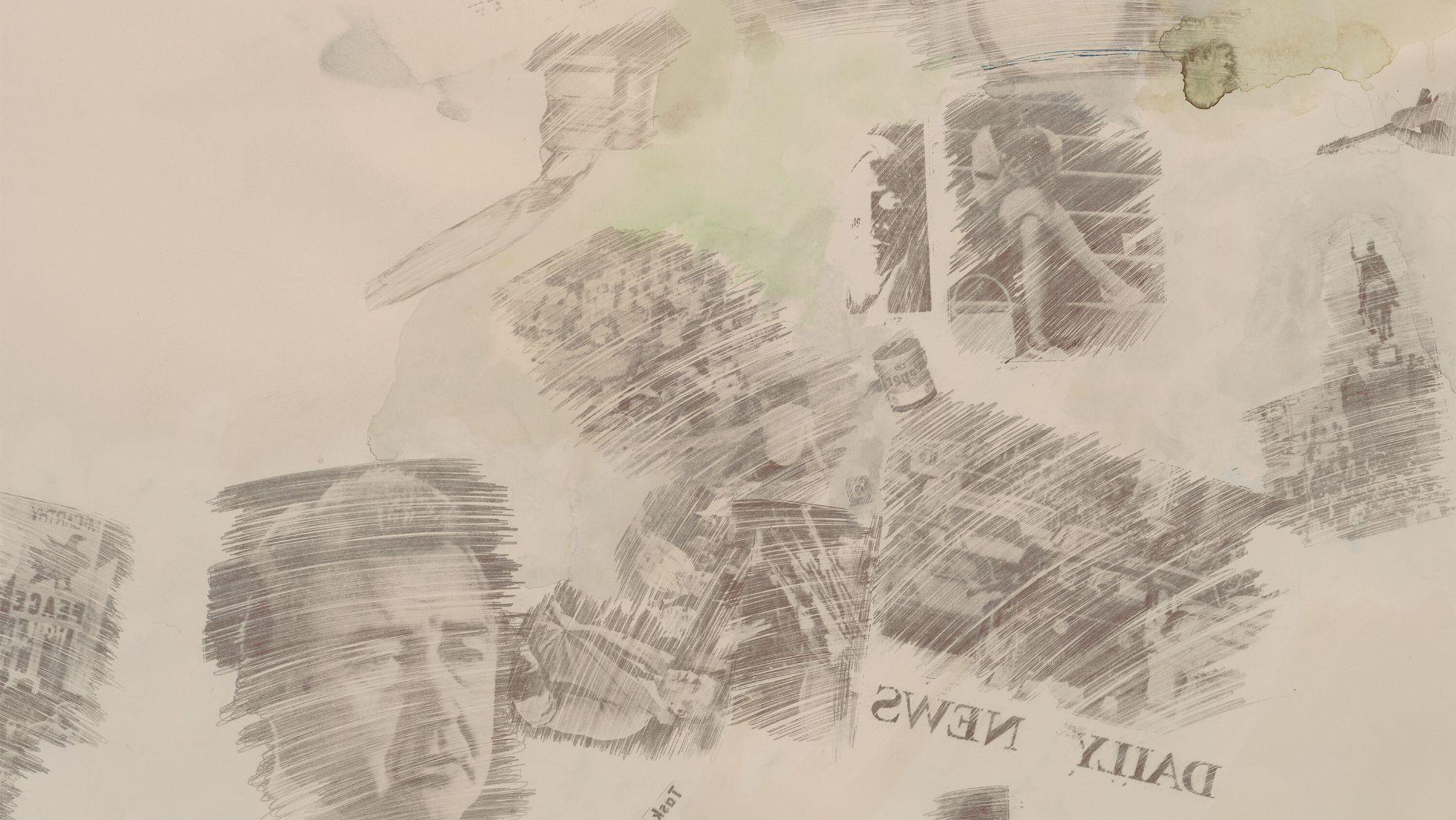
Robert Rauschenberg, Political Folly, 1968 (detail). © 2025 Robert Rauschenberg Foundation / Licensed by VAGA at Artists Rights Society (ARS), NY
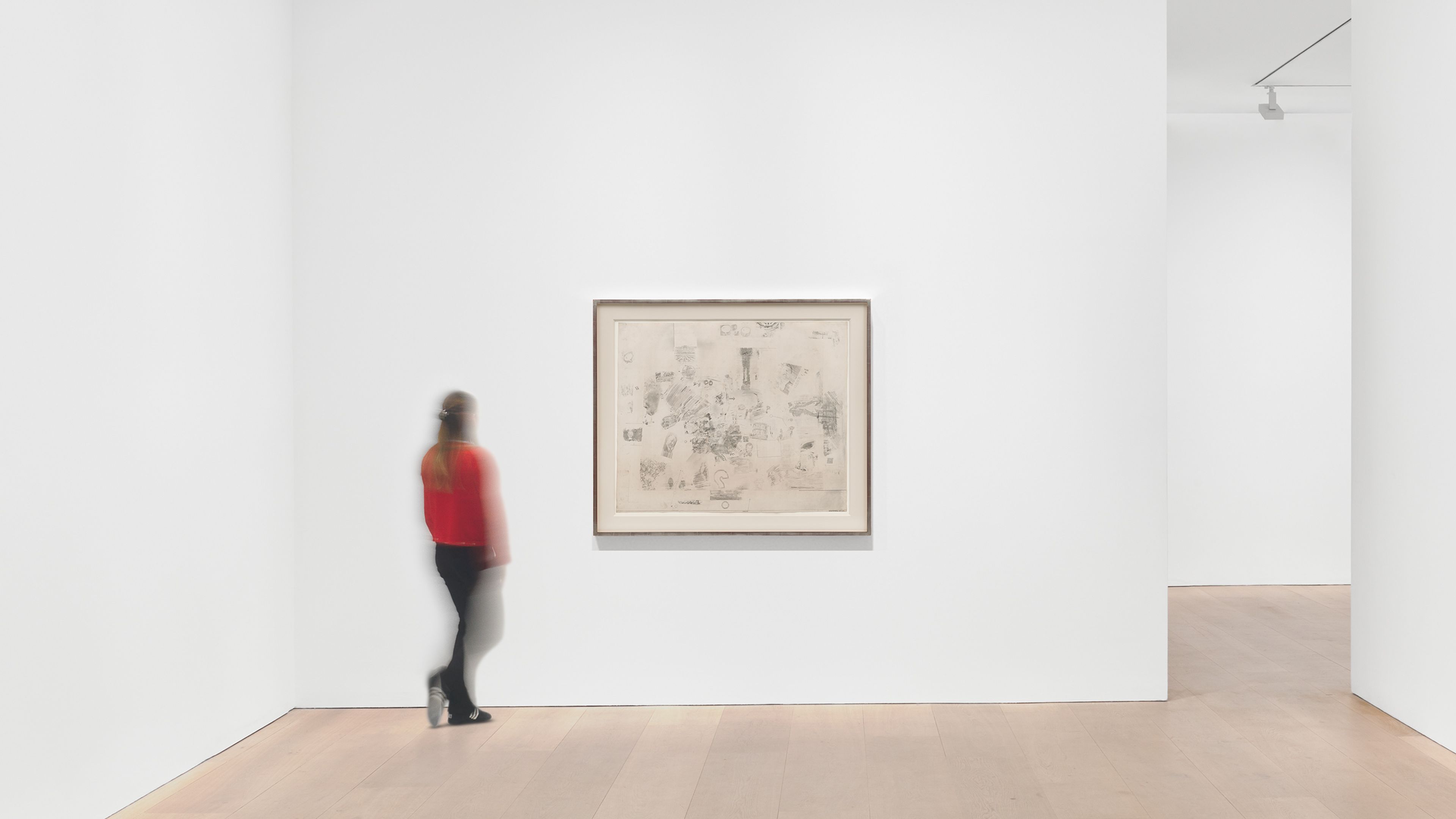
Robert Rauschenberg, Headline, 1962
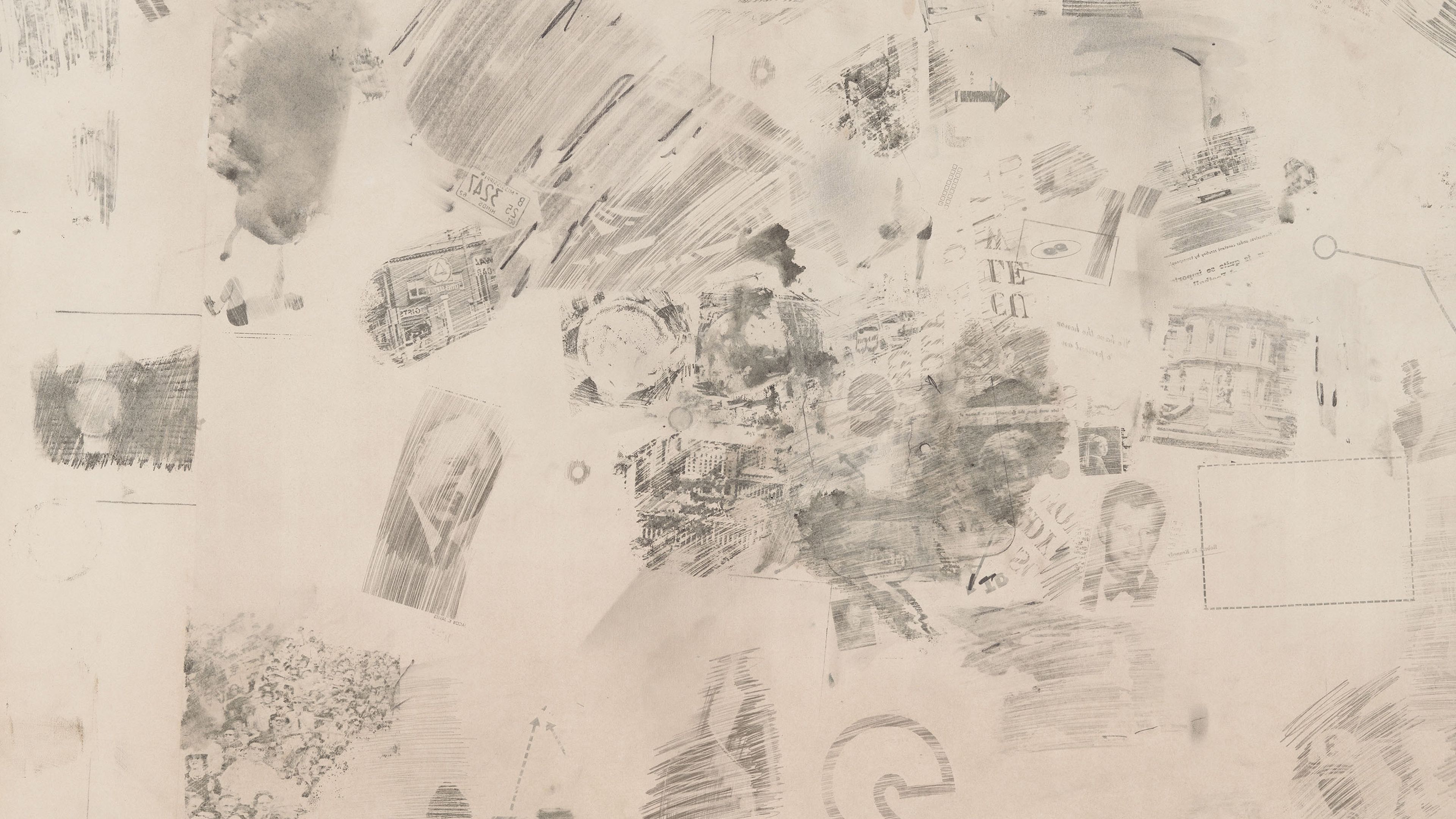
Robert Rauschenberg, Headline, 1962 (detail). © 2025 Robert Rauschenberg Foundation / Licensed by VAGA at Artists Rights Society (ARS), NY
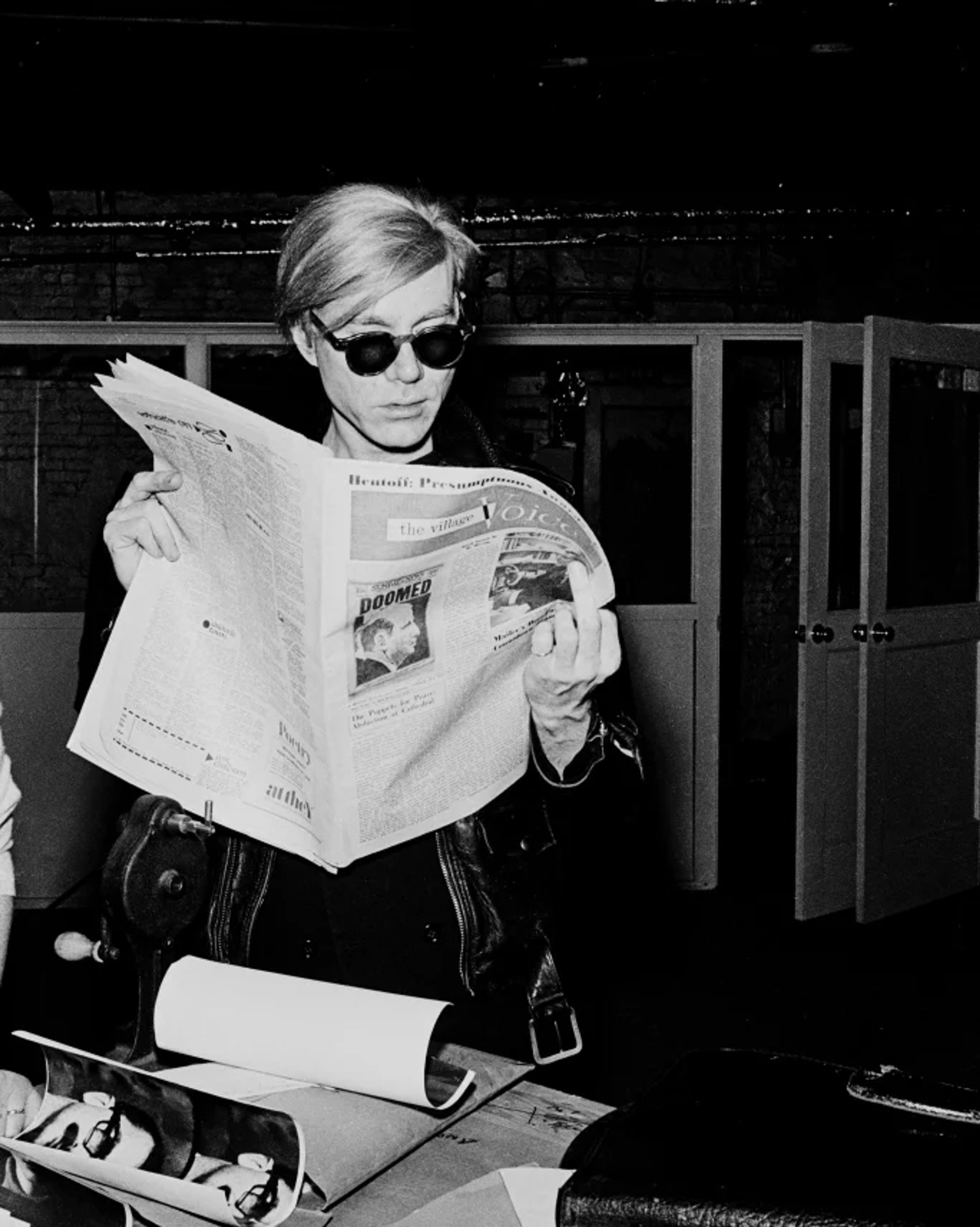
Andy Warhol At The Factory Reading A Newspaper, 1967. © 2025 The Andy Warhol Foundation for the Visual Arts, Inc. / Licensed by Artists Rights Society (ARS), New York
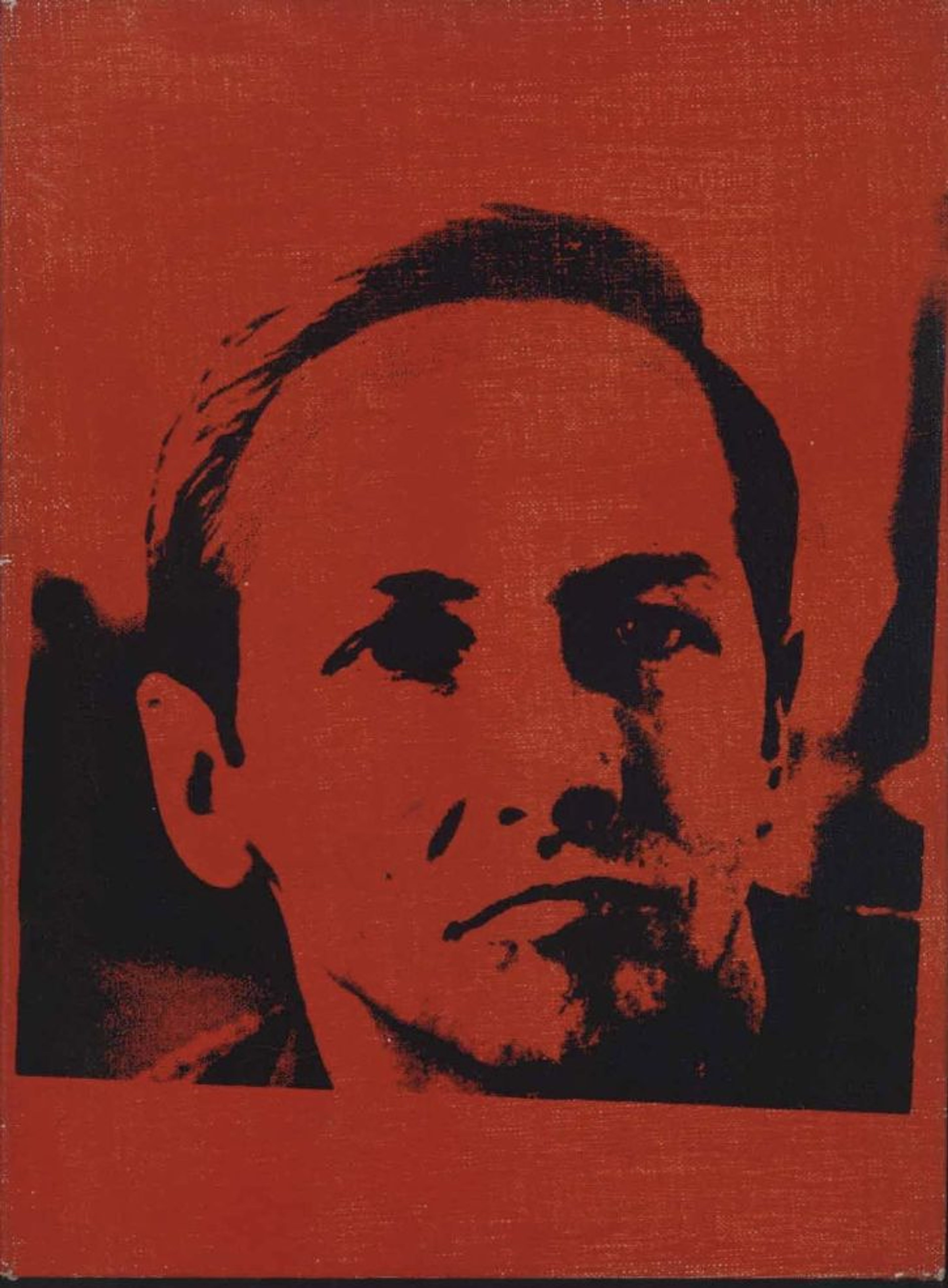
Andy Warhol, Robert Rauschenberg, 1967. © 2025 The Andy Warhol Foundation for the Visual Arts, Inc. / Licensed by Artists Rights Society (ARS), New York
Headline was previously in the collection of Andy Warhol, whom Rauschenberg befriended in 1960. Two years later, Rauschenberg visited the pop artist's studio, where he first encountered the silkscreening process that he would later use in a series of paintings from 1962 to 1964.
Warhol later produced a silkscreen portrait of Rauschenberg for the 1967 exhibition Ten Years at the Leo Castelli Gallery. In 1982, Rauschenberg purchased the portrait for his personal collection, reflecting both their friendship and a long-standing history of artistic collaboration.
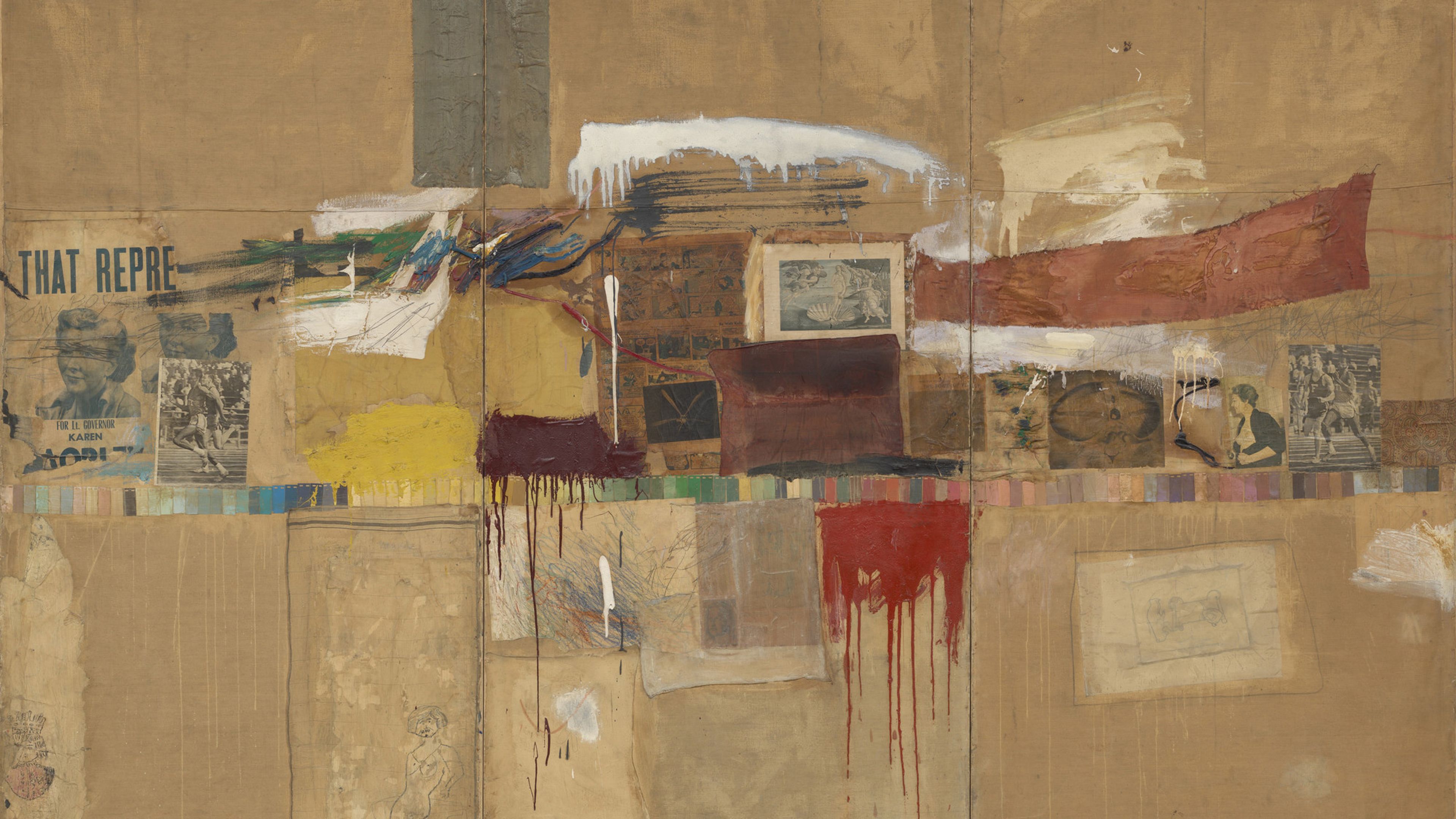
A detail of Rauschenberg’s 1955 work, Rebus, part of the artist’s groundbreaking series known as Combines—a bold fusion of painting and sculpture that redefined the boundaries of modern art. Robert Rauschenberg, Rebus, 1955 (detail). Collection of The Museum of Modern Art, New York. © 2025 Robert Rauschenberg Foundation / Licensed by VAGA at Artists Rights Society (ARS), NY.
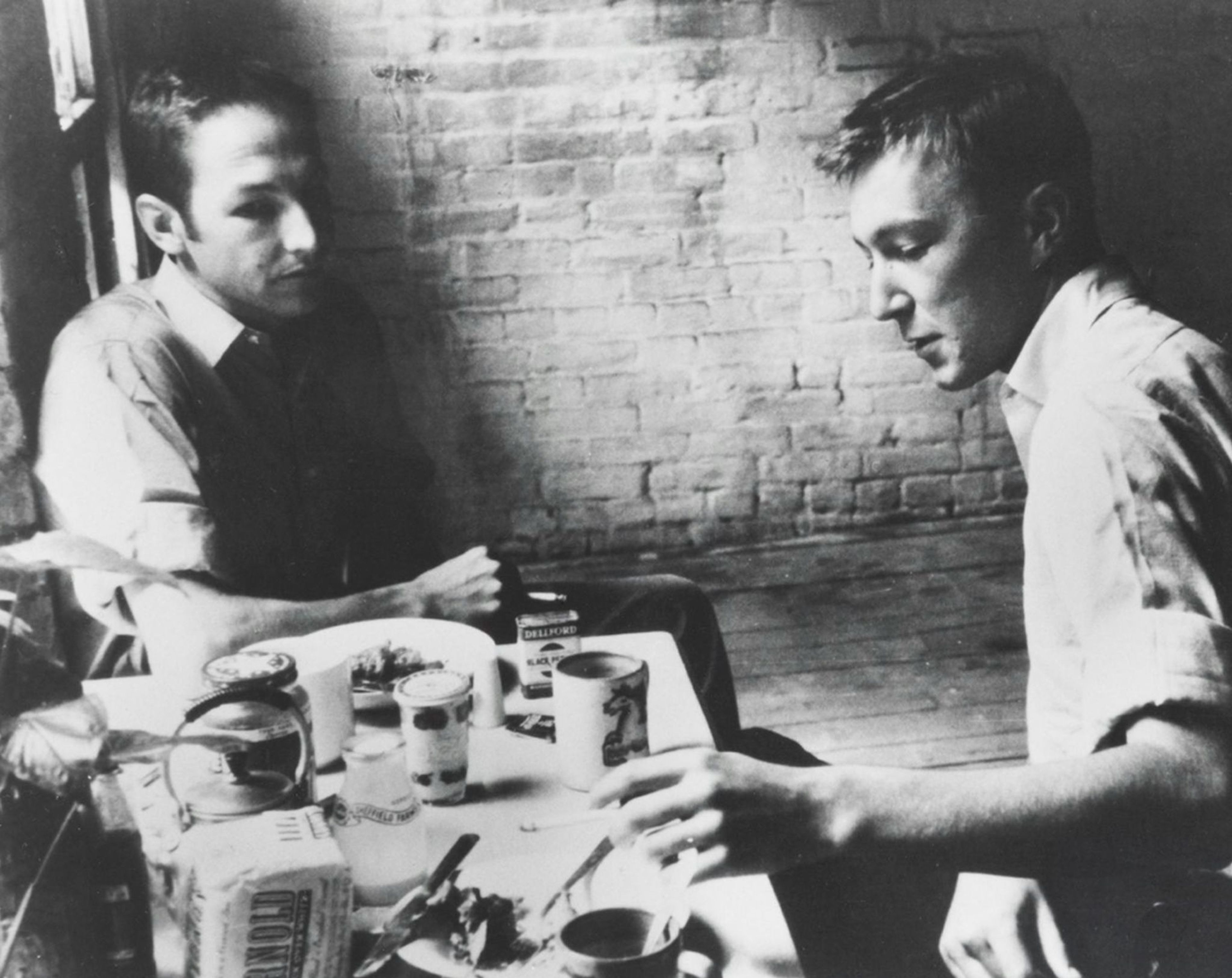
Robert Rauschenberg and Jasper Johns in Johns’s Pearl Street studio, New York, NY, United States, circa 1954. Photo: Rachel Rosenthal. Photograph Collection. Robert Rauschenberg Foundation Archives, New York
Coined by fellow artist Jasper Johns, the term Combine captures Rauschenberg’s innovative approach to integrating everyday, three-dimensional objects into traditional two-dimensional canvases. Created using materials sourced from the streets around his Lower Manhattan studio—comic strips, political posters, textiles, and sketches. The "transfer drawings" and "combines" stand together as compelling examples of how Rauschenberg turned the ordinary into something extraordinary.
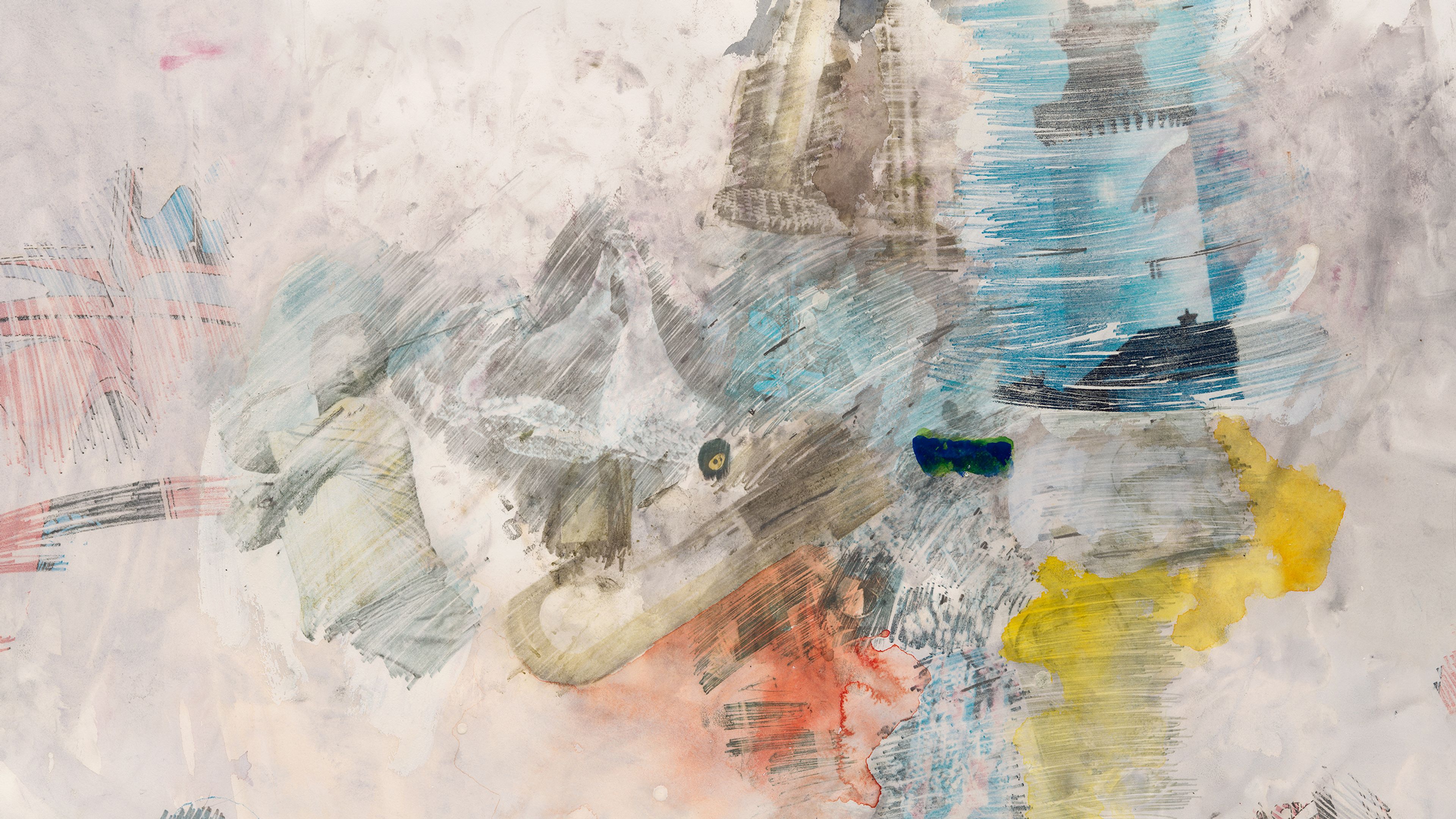
Robert Rauschenberg, Untitled, 1969 (detail). © 2025 Robert Rauschenberg Foundation / Licensed by VAGA at Artists Rights Society (ARS), NY
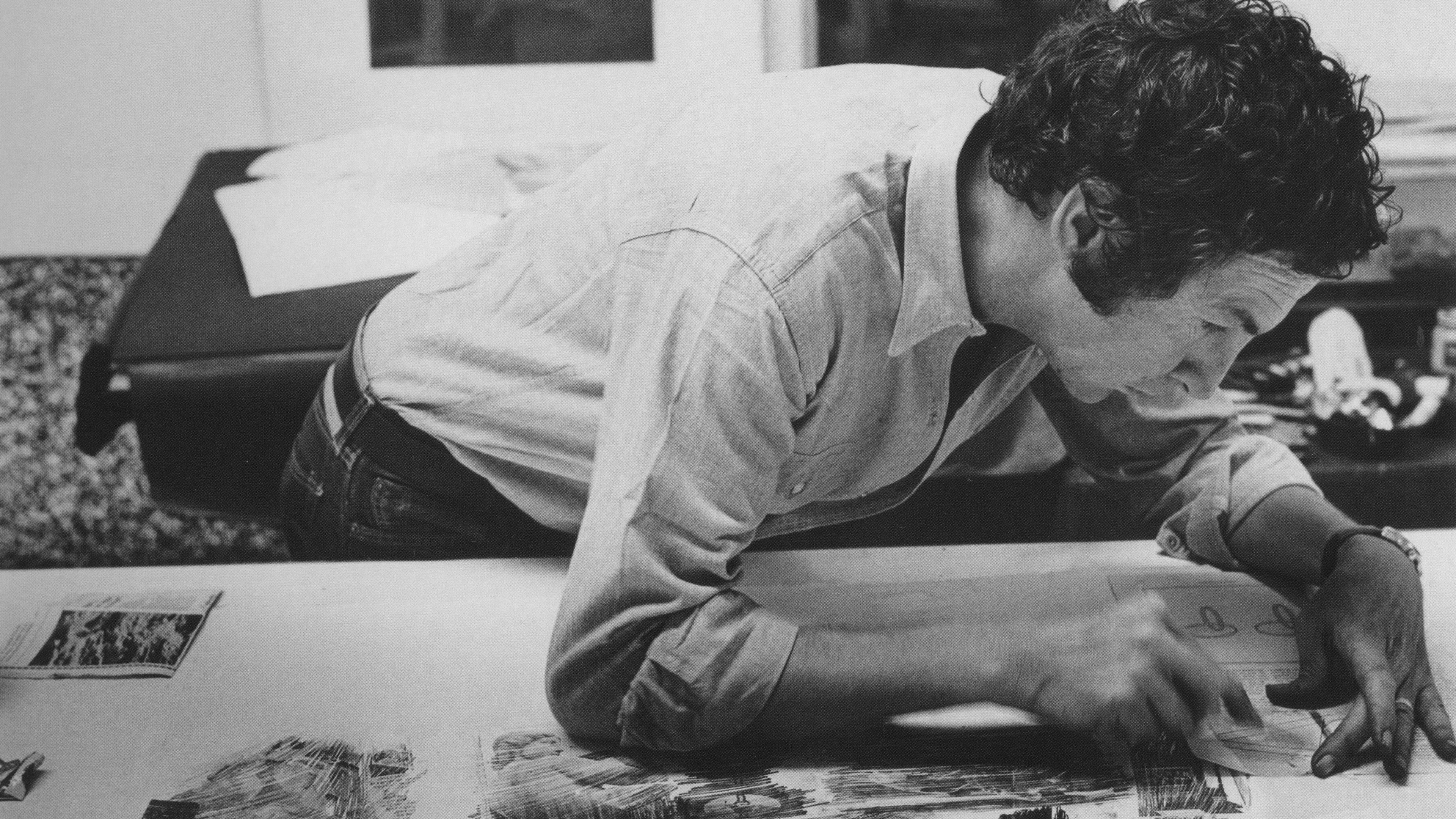
Rauschenberg at home working on a transfer drawing, Lafayette Street, New York, 1968. Photo: Shunk-Kenter. Photograph Collection. Robert Rauschenberg Foundation Archives, New York
(Header image) Photo: Shunk-Kenter. Photograph Collection. Robert Rauschenberg Foundation Archives, New York

Inquire about works by Robert Rauschenberg
